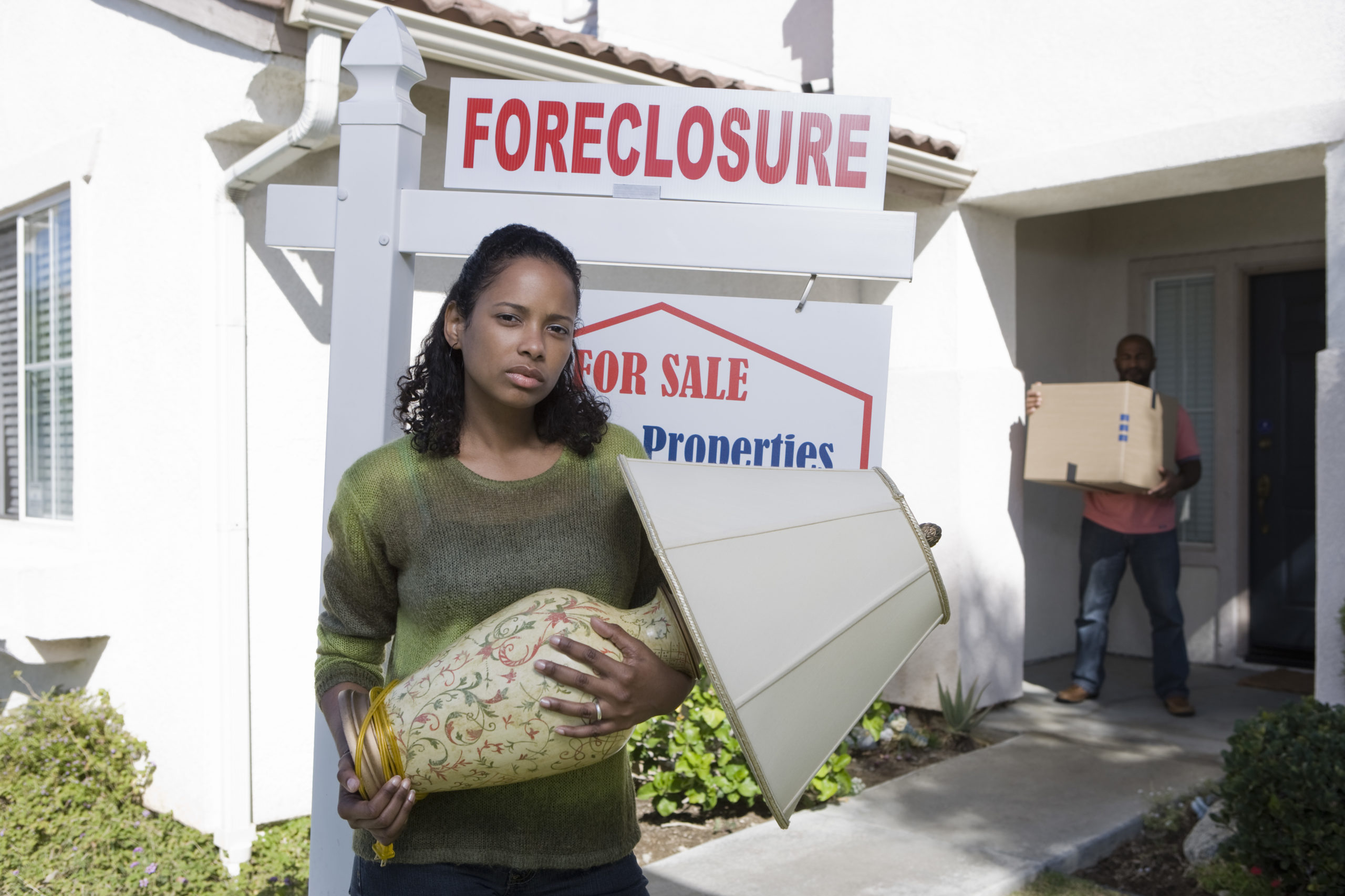
Avoiding a Foreclosure
The process of foreclosure in California takes some time. If you act quickly, you will have more options available to try to avoid a foreclosure and a better chance of saving your home.
Options to Avoid a Foreclosure
If you do not make your mortgage payments, your lender can take your home. The process they use to take your home is called foreclosure. In the process of foreclosure, the lender sells the property to recover its loan balance when the homeowner is no longer able to make the payments. This process takes some time, but if you act quickly, you have a better chance of saving your home.
What are some options to help you avoid foreclosure?
- The fastest way to avoid foreclosure is to reinstate your loan, by paying the amount provided on the reinstatement quote. The reinstatement quote can be obtained from the lender, along with a good through date.
- If you cannot pay your mortgage, or can only pay a portion, contact your servicer. Check their website first for possible options.
- Ask your servicer the following questions:
- What options are available to help temporarily reduce or suspend my payments?
- Are there forbearance, loan modification, or other options applicable to my situation?
- Can you waive late fees on my mortgage account?
- Once you are able to secure a forbearance or another mortgage relief option, ask your servicer to provide written documentation that confirms the details of your agreement and that you are clear on what the terms are.
- You can also sell the property.
- If there is equity in the property, the owner may receive proceeds from the sale of the property.
- The proceeds could provide help with the transition into affordable housing.
- If you are a at least 62 years of age, you may qualify for a reverse mortgage.
- As a last resort, you can also consult with an attorney regarding a bankruptcy to prevent the foreclosure. The reason that this should be considered a last resort is due to the fact that although this option may enable you to retain your property, there are several consequences for doing so, such as the following:
- The negative bankruptcy information will remain on your credit report for up to ten years after the filing date, depending on the type of bankruptcy that is declared.
- The negative bankruptcy information that will appear in your credit report may make it difficult for you to obtain alternate housing options, loans, and any other service that may require a credit check.
- The bankruptcy will generally increase your payment, rather than decrease it.
- The debtors who opt to have a repayment plan to make installments to creditors, will do so over a period of three to five years.
What are some steps that occur prior to the California foreclosure process?
- Day 15-17 of third missed/incomplete payment, the lender or servicer starts the collection process and must attempt to reach the borrowers on the Deed of Trust, through:
- Phone calls
- Mail late notices and reminder letters
- Send workout solicitation package
- The lender or servicer cannot start the foreclosure process until at least 30 days after contacting you to make this assessment.
- The lender or servicer must advise you during the first contact that you have the right to request another meeting about how to avoid foreclosure. That meeting must be scheduled to take place within 14 days.
- You can authorize a lawyer, HUD-certified housing counseling agency, or other advisor to talk on your behalf with the lender about ways to avoid foreclosure. You cannot be forced to accept any plan that your representative and the lender come up with during that discussion.
How does the California foreclosure process work?
- If you and the lender have not worked out a plan to avoid foreclosure, the lender or servicer can record a Notice of Default in the county where your home is located, at least 30 days after contacting you for the foreclosure avoidance assessment. This marks the beginning of the formal and public foreclosure.
- The lender sends you a copy of this notice by certified mail within 10 business days of recording it. You then have 90 days from the date that the Notice of Default is recorded to “cure” (fix, usually by paying what is owed) the default.
- Warning: Since the Notice of Default is recorded as a public document, many fraudulent companies and scam artists search the public records to send defaulted borrowers offers to “help” them avoid losing their homes to foreclosure.
- If you do not pay what you owe, a Notice of Sale is recorded (at least 90 days after the Notice of Default is recorded). The Notice of Sale states that the Trustee will sell your home at auction in 21 days. The Notice of Sale must:
- Be sent to you by certified mail;
- Be published weekly in a newspaper of general circulation in the county where your home is located for 3 consecutive weeks before the sale date.
- Be posted on your property, as well as in a public place, usually at your local courthouse.
- Have the date, time, and location of the foreclosure sale; the property address; the trustee’s name, address, and phone number; and a statement that the property will be sold at a public auction.
- You have up until 5 days before the foreclosure sale to “cure” the default and stop the process. This is called “reinstatement” of the loan.
- At least 21 days after the date when the Notice of Sale is recorded the property can be sold at a public auction. The successful bidder must pay the full amount of the bid immediately with cash or a cashier’s check. The successful bidder gets a trustee’s deed once the sale is complete. The lender usually bids at the auction, in the amount of the balance due plus the foreclosure costs. If no one else bids, your home goes to the lender.
What are some tips to rebuild your credit?
- Identify the cause of your foreclosure;
- Check your credit scores and reports regularly;
- Make a budget and stick to it;
- Pay your bills on time;
- Get a secured credit card; and
- If an error has been made, you can work to dispute it.
- On AnnualCreditReport.com you are entitled to a free annual credit report from each of the three credit reporting agencies. These agencies include Equifax, Experian, and TransUnion.
Who can you call for free and reliable help?
Our experienced staff can discuss your foreclosure with you and help you explore all your options to save your home. We can help you work with your lender, to identify your options.
Our experienced staff can discuss your foreclosure with you and help you explore all your options to save your home. We can help you work with your lender, to identify your options.
If you are a resident of the County of Los Angeles, you may apply to the County of Los Angeles Mortgage Relief Program.
What happens if I lose my home?
Call 211, L.A. County’s information hotline, for low-cost housing and shelters, mental health services and food assistance. Call your local housing authority for information on Section 8 or low-income housing.
Watch out for scams!
Many people and businesses will promise to help save your home. Most will just take your money, do nothing and you’ll lose your home. Don’t become a victim of a foreclosure rescue scam. If you have been scammed call us right away to file a complaint. All our services are free!
If you have any questions, please contact us through one of the methods listed below:
- Phone: (800) 593-8222
- Email: homehelp@dcba.lacounty.gov
- Online: dcba.lacounty.gov
County of Los Angeles Department of Consumer and Business Affairs. Last change: Nov. 19, 2024

